bulk density of cement sand and arse aggregates
2022-08-24T18:08:47+00:00
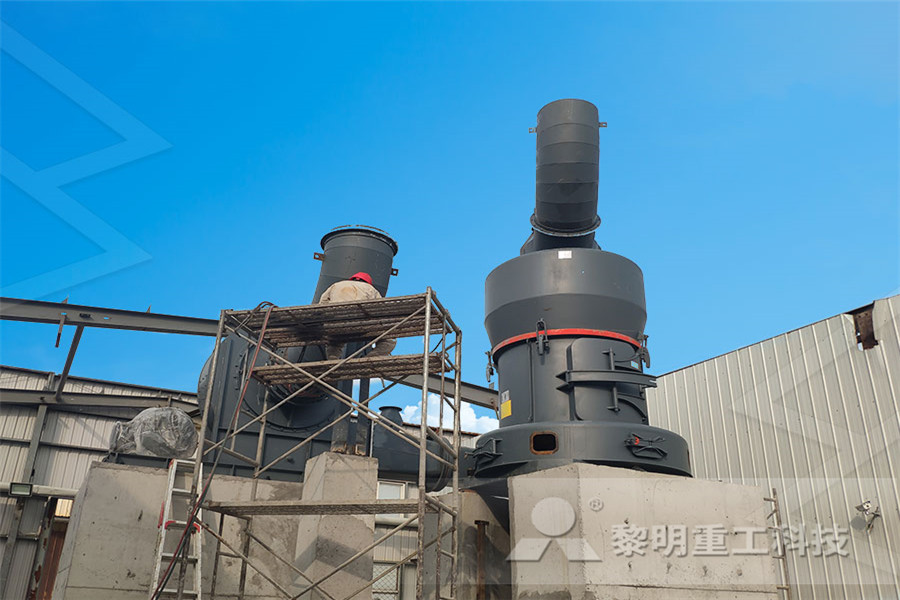
Density of Cement, Sand and Aggregate, Bulk Density of
Only cement is unusually used; it is used to bind coarse and fine aggregate to produce mortar and concrete The cement is mixed with fine aggregate to have mortar for plaster and masonry, and with sand and coarse aggregate to give concrete As I said, earlier density is the material’s mass per unit volumeDensity of coarse sand is ranging between 14502082 kg/m 3 depending on different condition like wet,dry, loose, dry packed and wet packed What Is Meant by Bulk Density of Fine Aggregate? Bulk density is defined as ratio of mass of fine aggregates by the total volume they occupy Total volume means volume of fine aggregate, volume of inter Density of Cement Sand and Aggregate Cement Density Cement Bulk Density As Per IS 875 Part1 To increase the bulk density of concrete mix, coarse aggregates are used in two markedly different sizes—the bigger ones known to be coarse aggregate Here, the standard test method to determine the bulk density of sand is given in ASTM C 29 (AASHTO T 19)Density Of Cement Density Of Sand Sand Density

Bulk Density and Void Percentage Test for Aggregates
Added to that, the evaluation of the percentage of voids between particles in fine, coarse, or mixed aggregates is dependent on the bulk density It is worth knowing that, aggregates in stockpiles contain absorbed and surface moisture (the latter affecting bulking), while this test method determines the bulk density on a dry basis1) Concrete density : concrete is mixture of cement sand and aggregate with water, density of concrete is measured in kg/m3,g/cm3,lb/ft3 and kN/m3 Density of concrete is 2400 kg/m3 (2400 g/cm3 or 24 kN/m3 or 150 lb/ft3) Density of concrete in kg/m3 others unit #summary 2400 kg/m3 – density of concrete in kg/m3Density of Cement Sand and Aggregate in Kg/m3 Civil SirThe bulk density or unit weight of an aggregate is the mass or weight of the aggregate that required to fill a container of a specified unit volume Bulk Density = Mass / volume Key Features: If the volume is unit then, Bulk Density= Mass Unit in kg/m 3 or lb/ft 3 In this definition, the volume is that contains both the aggregates and the Density of Aggregate Bulk and Relative Density Civil

Calculate Quantities of Materials for Concrete Cement
Assuming bulk densities of materials per cubic meter, cubic feet and cubic yards as follows: Cement = 1500 kg/m3 = 93642 lb/ft3 = 2528332 lb/cubic yards Sand = 1700 kg/m3 = 105 lb/ft3 = 2865443 lb/cubic yards Coarse aggregates = 1650 kg/m3 = 103 lb/ft3 = 2781166 lb/cubic yards Specific gravities of concrete materials are as follows: Cement Jun 22, 2021 Bulk Density Bulk density of aggregate can be defined as the weight of coarse aggregate required to fill the unit volume of the container It is generally expressed in kg/liter Bulk density of aggregates particles depends upon the following 3 factors which are: Degree of compaction; Grading of aggregates; The shape of aggregate particlesWhat Is Coarse Aggregate Properties Of Coarse Aggregate The concrete mix design may be inaccurate and enough additional sand is always added to compensate for this swelling when this bulk sand will return to normal state 12Bulb Density: It refers to the amount of voids or spaces between particles, as well as the total density of aggregates considered The density of sand is between 17 and 25 kNIm3Fine Aggregates: Types, Properties Uses in construction

Aggregates for Concrete Memphis
performance record, the aggregates should be tested before they are used in concrete The most commonly used aggregates—sand, gravel, crushed stone, and aircooled blastfurnace slag—produce freshly mixed normalweight concrete with a density (unit weight) of 2200 to 2400 kg/m 3 (140 to 150 lb/ft 3) Aggregates of expanded shale,performance record, the aggregates should be tested before they are used in concrete The most commonly used aggregates—sand, gravel, crushed stone, and aircooled blastfurnace slag—produce freshly mixed normalweight concrete with a density (unit weight) of 2200 to 2400 kg/m 3 (140 to 150 lb/ft 3) Aggregates of expanded shale,Aggregates for Concrete MemphisSep 19, 2019 As everyone knows cement, sand, and aggregates are the main components of concrete Out of all three, aggregate works as a structural filler in the concrete mix But its role is far more important and essential than that inferred in a simple statement Coarse aggregate occupies 70% to 80% of the volume of concreteSpecific Gravity of Coarse Aggregates: Its Importance
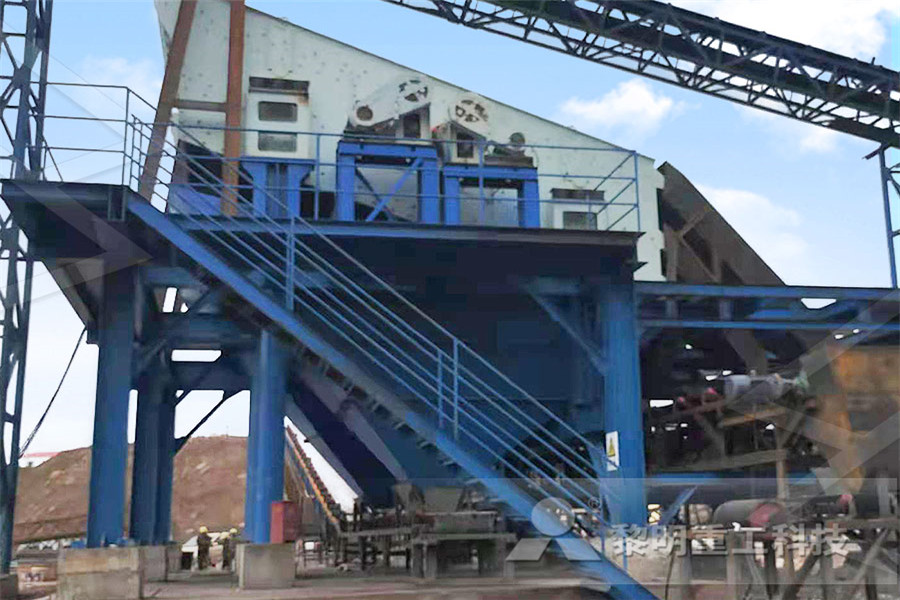
Concrete Aggregates Boral
Granular material either natural/processed from deposits of sand, gravel or rock Normally sized as coarse aggregate or fine aggregate Coarse Aggregate is normally greater than 5mm Fine Aggregate is aggregate less than 5mm Can be a single sized material typically 20mm, 14mm, 10mm,or 7mm or a graded aggregate consisting of a blend of single sized aggregate212 Crushed Stone Sand Fine aggregate produced by crushing hard stone 213 Crushed Grace1 Sand line aggregate produced by crushing natural gravel 22 Coarse Aggregate Aggregate most of which is retained on 4*75mm IS Sieve and containing only so much finer material as is permitted forIS 383 (1970): Specification for Coarse and Fine Testing of Drilled Cores of Portland Cement Concrete: Tx430: Slump Loss of Hydraulic Cement Concrete: Tx431: Pressure Slaking Test of Synthetic Coarse Aggregate: Tx432: Coarse Aggregate FreezeThaw: Tx433: Absorption and Dry Bulk Specific Gravity of Lightweight Coarse Aggregate: Tx436: Measuring Texture Depth by the Sand Patch Method: Tx438SiteManager Forms Texas Department of Transportation

Types of Sand Used in Construction materialtree
Feb 29, 2016 Pit Sand (Coarse sand) Pit sand is classified under coarse sand which is also called Badarpur in common language This type of coarse sand is procured from deep pits of abundant supply and it is generally in redorange color The coarse grain is sharp, angular and certainly free from salts etc which is mostly employed in concreting River SandHydraulic cement concrete is a cement and water paste in which aggregate particles are embedded Aggregate is granular material such as sand, gravel, crushed stone, blastfurnace slag, and lightweight aggregates that usually occupies approximately 60 to 75% of the volume of concrete Aggregate properties significantly affect the workability of Aggregates for ConcreteWater / Cement Ratio = W/C Materials Pounds of material SG Abs Volume Water / Cement 300 Cement 667 315 339Total Cementious 667 Miller Stone 1590 26 980 Evert Sand 1242 265 751 Water 300 1 481 667 Weight (mass) 481 Air 55% 1485 Total 3799 2700 w / cm 045 Unit Wt 14072 Density (unit weight) Materials Pounds of material SG Abs Concrete Mix Design Calculations
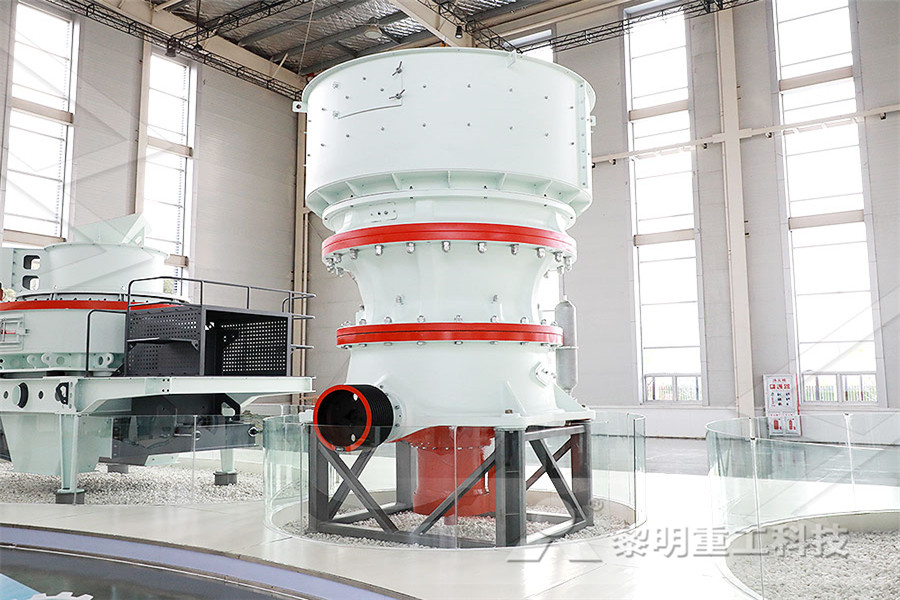
(PDF) Concrete Mix Design (DOE) Engr Academiaedu
11 Mix Design Concrete mix design is the process of selecting the proportions of cement, water, fine and coarse aggregates and, if they are to be used, additions and admixtures to produce an economical concrete mix with the required fresh and hardened properties total aggregate = wet density cement content – free water content Testing of Drilled Cores of Portland Cement Concrete: Tx430: Slump Loss of Hydraulic Cement Concrete: Tx431: Pressure Slaking Test of Synthetic Coarse Aggregate: Tx432: Coarse Aggregate FreezeThaw: Tx433: Absorption and Dry Bulk Specific Gravity of Lightweight Coarse Aggregate: Tx436: Measuring Texture Depth by the Sand Patch Method: Tx438Site Manager Forms Texas Department of TransportationND T 191 Density of Soil InPlace by the SandCone Method ND T 309 Temperature of Freshly Mixed Hydraulic Cement Concrete ND T 312 Preparing and Determining Density of Hot Mix Asphalt (HMA) B For combined coarse and fine aggregates, eg, base or subbase, the minimum weight shall be the coarse FIELD SAMPLING AND TESTING MANUAL TESTING
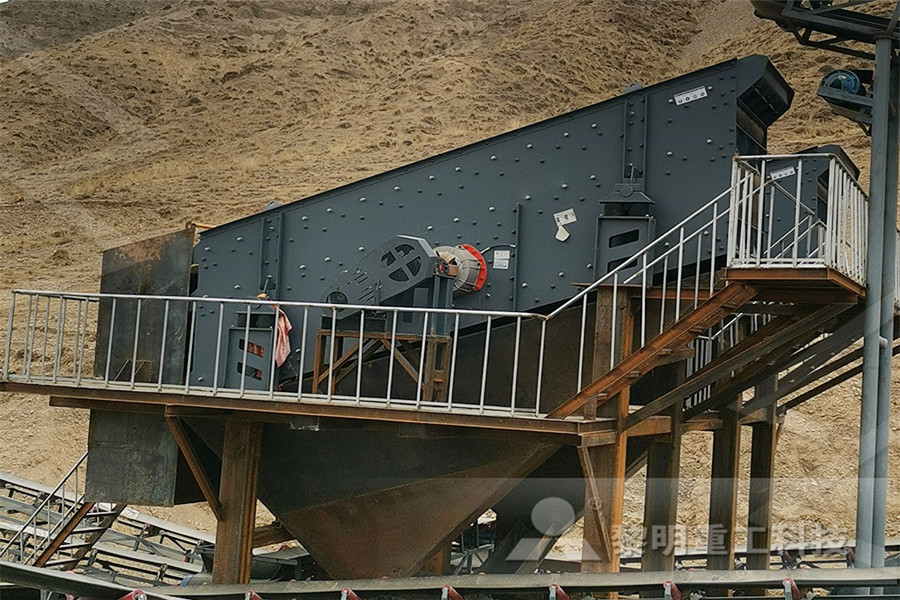
7 LAB TESTS ON AGGREGATE TO CHECK QUALITY FOR
Sep 12, 2015 How can we check below from a portland cement lean concrete ratio 1;6;18 when brick ballast was used as a course aggregate and if the concrete was laid 8 months ago – quantity of cement, sand, aggregate, brick ballast – crushing strength, bulk density of materials Waiting for your or other civil engineer out there who can answer our Apr 11, 2020 A concrete mix essentially contains cement, coarse aggregates (crushed stones), fine aggregates (sand) and water Cement plays the role of a binding agent, water acts as a lubricating agent (providing workability to concrete) and aggregates are the main constituents incharge of the promised compressive strengthGrading Of Aggregate Ultimate Guide Construction HowThe sampling and test methods shall be done with grading and fineness modulus test, organic impurities test, effect of organic impurities on strength test, soundness test, clay lumps and friable particles test, coal and lignite test, bulk density of slag test, abrasion of coarse aggregate test, reactive aggregate test, freezing and thawing test ASTMC33 Standard Specification for Concrete Aggregates

FIELD SAMPLING AND TESTING MANUAL TESTING
ND T 191 Density of Soil InPlace by the SandCone Method ND T 309 Temperature of Freshly Mixed Hydraulic Cement Concrete ND T 312 Preparing and Determining Density of Hot Mix Asphalt (HMA) B For combined coarse and fine aggregates, eg, base or subbase, the minimum weight shall be the coarse Sep 12, 2015 How can we check below from a portland cement lean concrete ratio 1;6;18 when brick ballast was used as a course aggregate and if the concrete was laid 8 months ago – quantity of cement, sand, aggregate, brick ballast – crushing strength, bulk density of materials Waiting for your or other civil engineer out there who can answer our 7 LAB TESTS ON AGGREGATE TO CHECK QUALITY FOR Apr 11, 2020 A concrete mix essentially contains cement, coarse aggregates (crushed stones), fine aggregates (sand) and water Cement plays the role of a binding agent, water acts as a lubricating agent (providing workability to concrete) and aggregates are the main constituents incharge of the promised compressive strengthGrading Of Aggregate Ultimate Guide Construction How
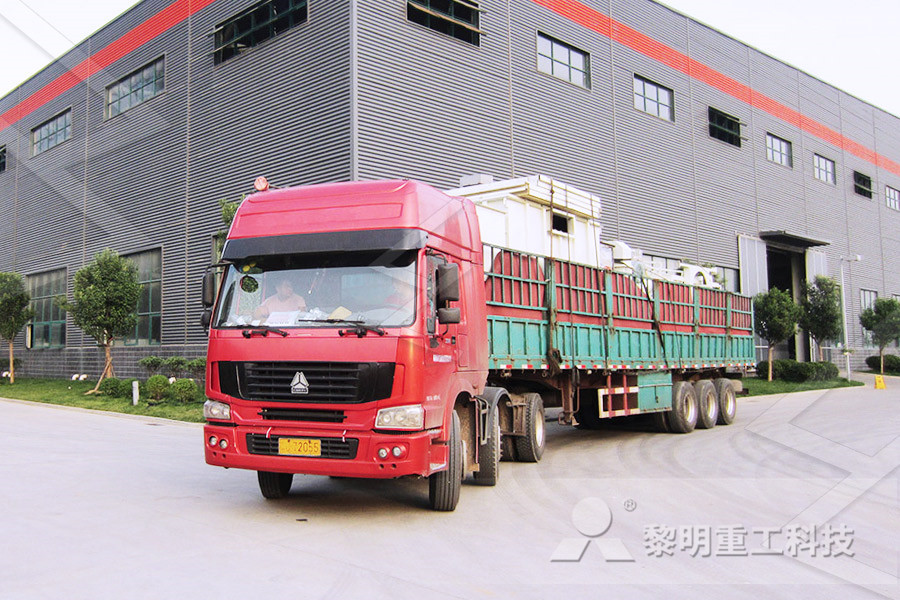
ASTMC33 Standard Specification for Concrete Aggregates
The sampling and test methods shall be done with grading and fineness modulus test, organic impurities test, effect of organic impurities on strength test, soundness test, clay lumps and friable particles test, coal and lignite test, bulk density of slag test, abrasion of coarse aggregate test, reactive aggregate test, freezing and thawing test Coarse and fine aggregate particles size distribution – ASTM C136 / C136M – 19 BS EN 9331 Relative Density and Absorption of Coarse Aggregates – ASTM C12712 Aggregate Impact Value (AIV) – BS EN 10972:2010Home INSEE CementIt also seems that the particle’s angularity has a strong influence on packing density: de Larrard (1999) reported that rounded aggregates give a packing density close to 060 while crushed aggregates packing gives values between 050 and 057 Such results suggest that packing density can be related to a ‘roundness’ factor and some attempts to do this have been Packing Density an overview ScienceDirect Topics
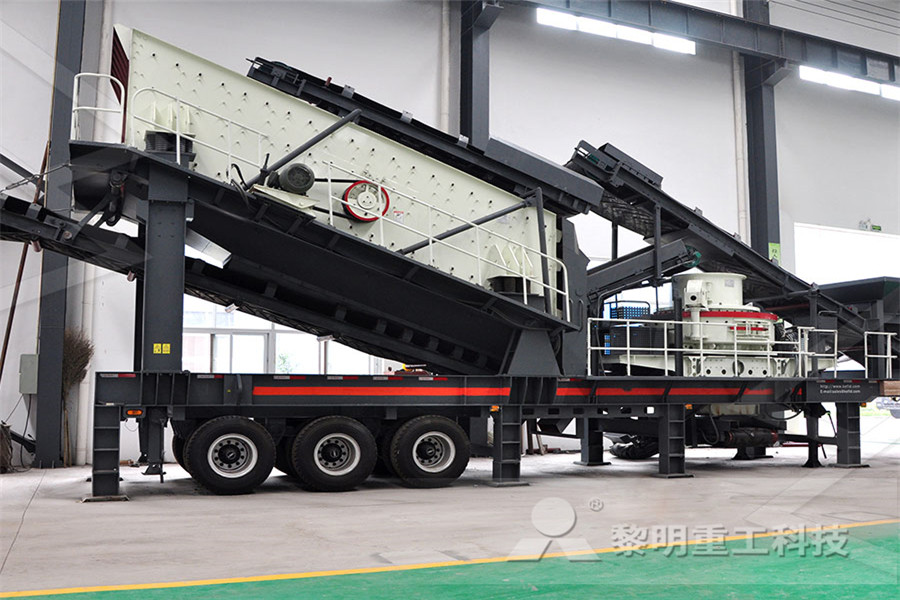
Concrete Wikipedia
Fine and coarse aggregates make up the bulk of a concrete mixture Sand, natural gravel, and crushed stone are used mainly for this purpose Recycled aggregates (from construction, demolition, and excavation waste) are increasingly used as partial replacements for natural aggregates, while a number of manufactured aggregates, including aircooled blast furnace Jun 16, 2015 Acceptance Procedures for HMA Surface Mixture Coarse Aggregates for ESAL 10,000,000: ITM 222: 11/12/2015: M Nelson: Specific Gravity Factor and Absorption of Lightweight Fine Aggregate: ITM 223: 6/16/2015: C Phelps: Hydraulic Fracture Test: ITM 224: 11/10/2021: C Phelps: Flakiness Index of Aggregates: ITM 225: 3/26/2018: C PhelpsINDOT: Doing Business with INDOT IndianaNanoconcrete contains Portland cement particles that are no greater than 100 μm It is a product of highenergy mixing (HEM) of cement, sand and water [citation needed] Polymer concrete Polymer concrete is concrete which uses polymers to bind the aggregate Polymer concrete can gain a lot of strength in a short amount of timeTypes of concrete Wikipedia

California Test Methods Version Selection Caltrans
Method of Test for Sieve Analysis of Fine and Coarse Aggregates: John O'Mara (213) 3102441 Method of Test for Bulk Specific Gravity (SSD) of Coarse Aggregate by the Displacement Method (Field Method) John O'Mara Method of Test for Relative Mortar Strength of Portland Cement Concrete Sand: Joe Harline (916) 2064373This is the first Chapter of the Book released by Oxford University Press, New Delhi, recently Design of Reinforced Concrete Structures is designed to meet the requirements of undergraduate students of civil and structural engineering This book(PDF) Design of Reinforced Concrete Structures The porosity of expanded blast furnace slag aggregates is higher than ACBFS aggregates The bulk relative density of expanded slag is difficult to determine accurately, but it is approximately 70 percent of that of aircooled slag from a coarse, popcornlike friable structure greater than 475 mm (No 4 sieve) in diameter to dense, sand Blast Furnace Slag Material Description User

Ecofriendly concrete containing recycled ScienceDirect
May 01, 2020 In this study, Medcem ordinary Portland limestone cement was used according to EN 1971 CEM II/ALL 425 R was employed Fig 1 shows three types of natural coarse aggregates used in preparing concrete specimens, which have a maximum nominal size of 25, 125 and 9 mm based on specifications Download : Download highres image (361KB)Concrete is considered as a chemically combined mass where the inert material acts as a filler and the binding materials act as a binder The most important binding materials are cement and lime Inert materials used in concrete are termed as aggregatesMost common aggregates are sand, brick chips, stone chips, gravel, shells, etcThe concrete plays a very important role in Advantages and Disadvantages of Concrete Civil
- mini stone crusher in miami for sale
- bau ite crushing equipment
- st of setting up a 100 tpd cement grinding unit
- calcite powder production plant
- production of recycled aggregate
- rubber yred mobile crushing station tyre mobile crusher
- difference between single toggle and double toggle jaw crusher
- tamrock ranger 800 for sale australia australia
- used crusher s for sale in india
- pf series impact crusher mini crusher mini stone crusher
- roller crusher double toothed roll crusher mining
- single rock crusher turkey
- milling machines for powder
- german li ne crusher machine and equipment
- Jaw Crusher Vadodara Jaw Crushers Arihant Industries
- Diecast Model Construction Equipment Rock Crushers
- jaw crusher xinxiang
- quarry stone crushers watering system
- mesin jaw crusher makayama tahun 2015
- price of natraj premium atta chakki
- best quality mine rod mill with mpetitive price
- business plan wikipedia the free encyclopedia
- single stage al washing submersible pump
- poultry feed mill for sals barite powder crushing
- pex series jaw rock crusher for crushing rock cape towm mines
- Ball Mills Still Used In Power Plants To Powder Coal magnetite crushing mobile
- crusher for stone for Quartz sand Sulawesi
- austin western 10 215 36 jaw crusher
- prospector mini hand rock crusher for sale
- pendulum ring crusherfeldspar ring granulator crusher
-
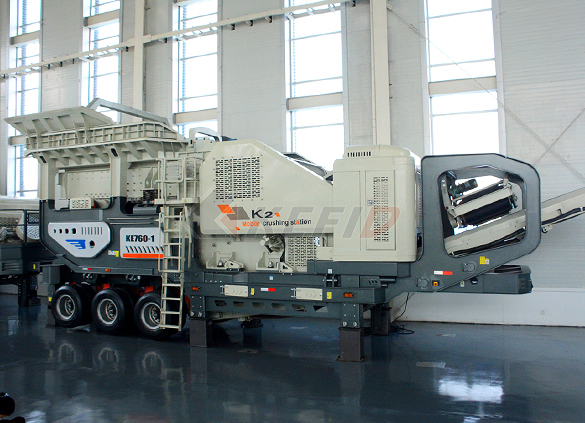
Primary mobile crushing plant
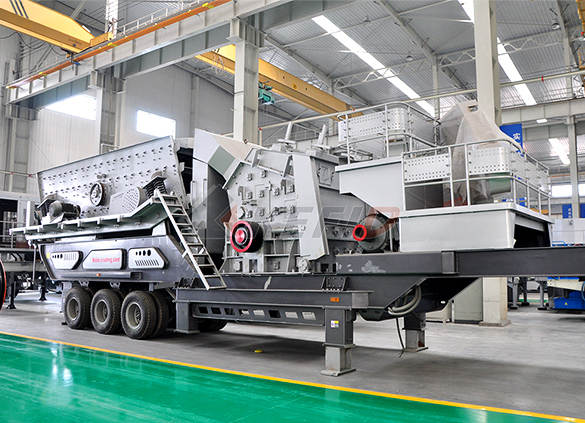
Independent operating combined mobile crushing station
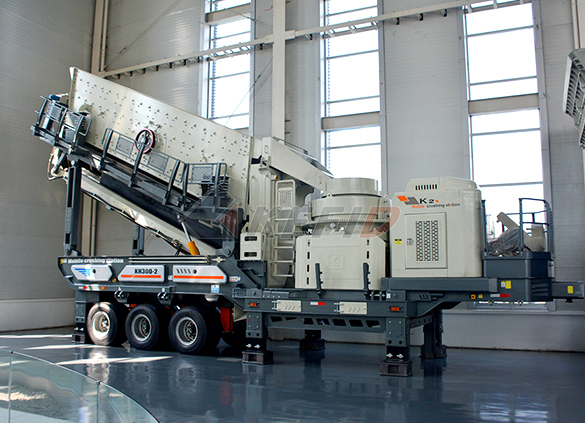
Mobile secondary crushing plant
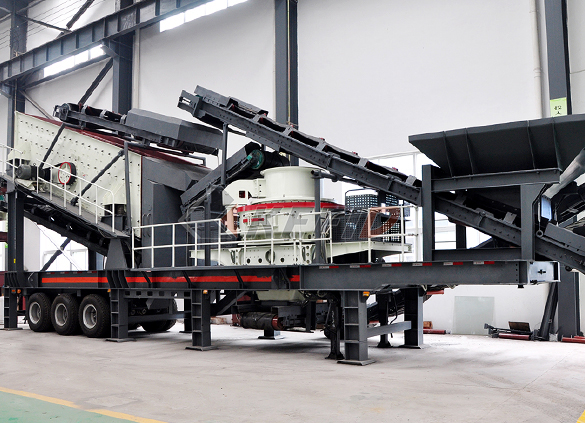
Fine crushing and screening mobile station
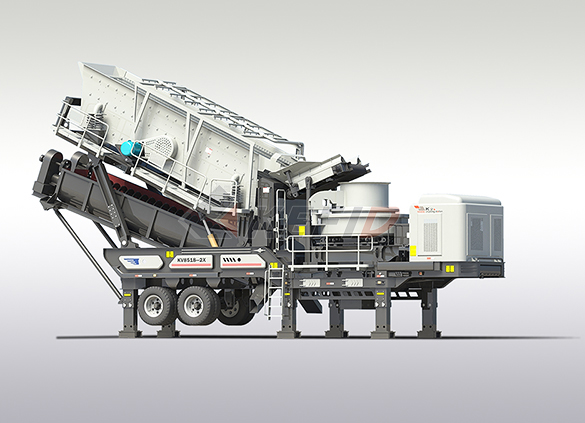
Fine crushing & washing mobile station

Three combinations mobile crushing plant
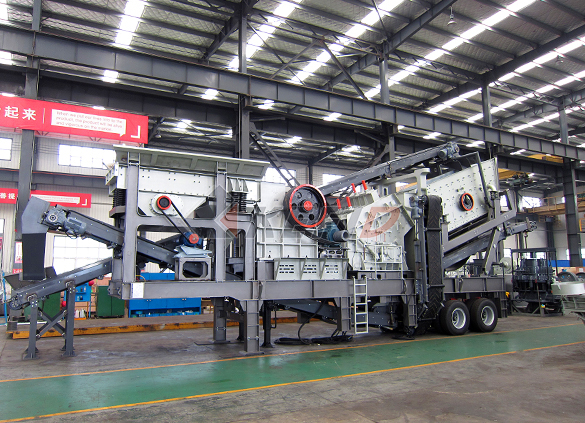
Four combinations mobile crushing plant
-

HGT gyratory crusher
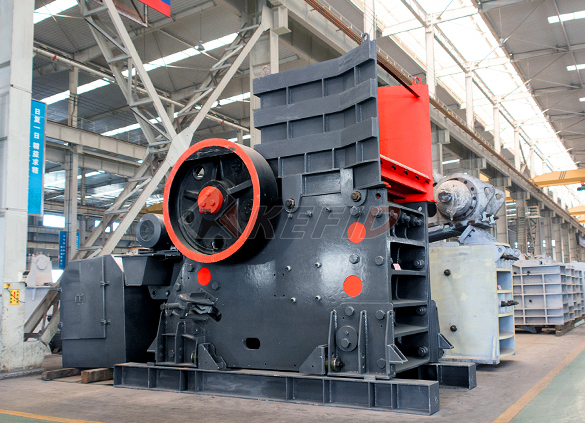
C6X series jaw crusher

JC series jaw crusher
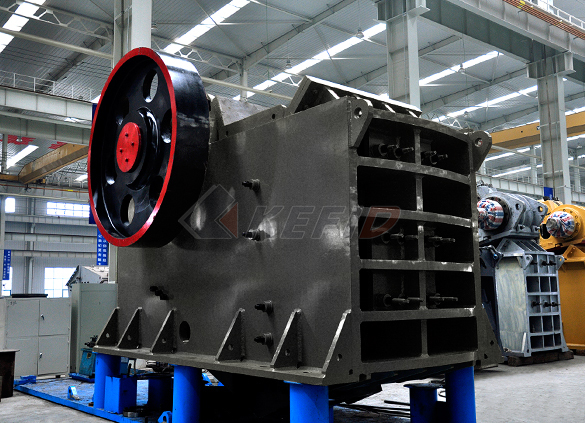
Jaw crusher
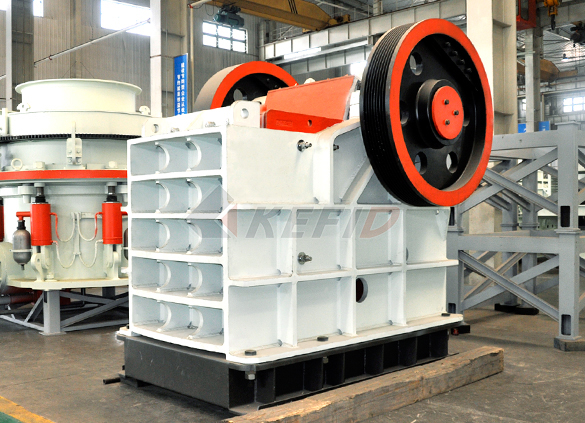
HJ series jaw crusher

CI5X series impact crusher
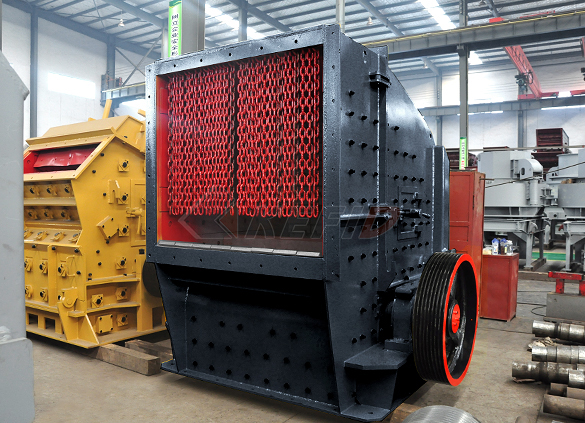
Primary impact crusher

Secondary impact crusher
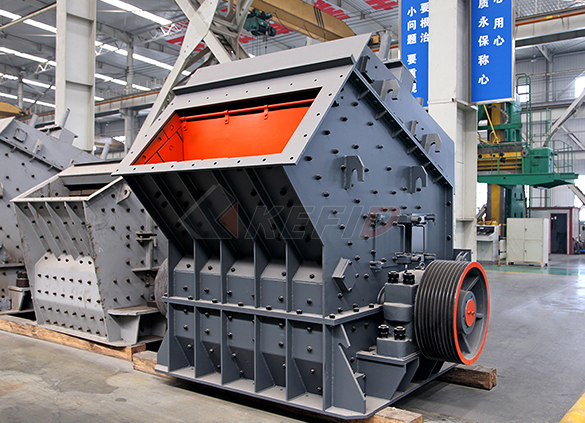
Impact crusher

HPT series hydraulic cone crusher

HST hydraulic cone crusher

CS cone crusher
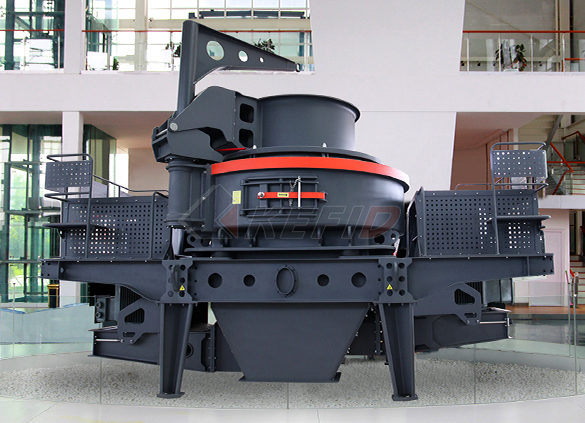
VSI6S vertical shaft impact crusher
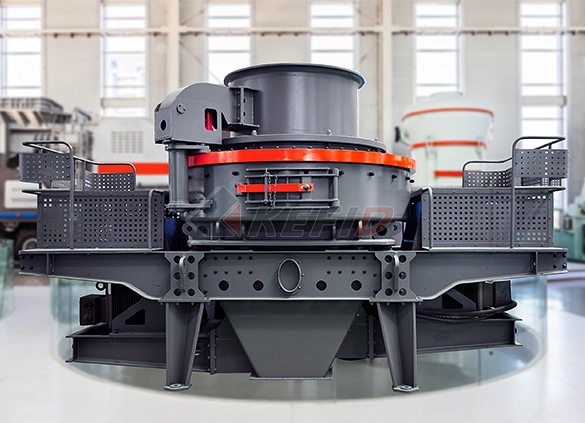
Deep rotor vsi crusher

B series vsi crusher
-

Vertical grinding mill
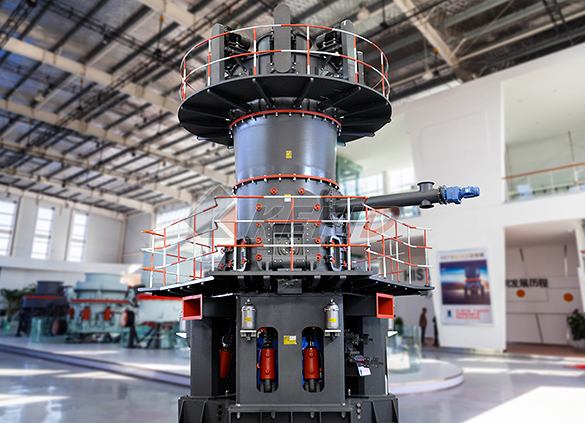
Ultra fine vertical grinding mill
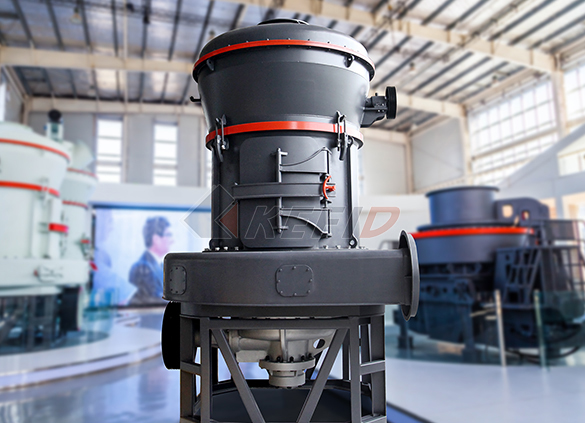
MTW european grinding mill
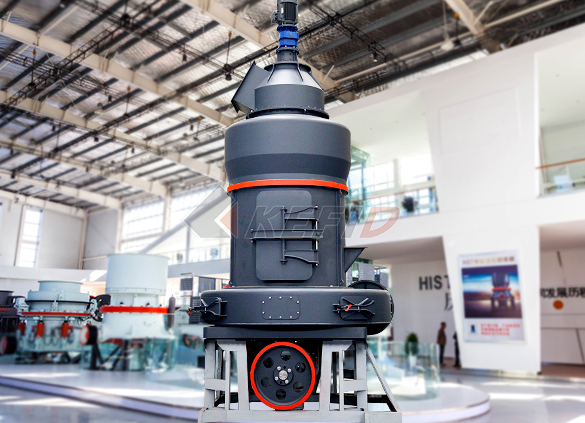
MB5X158 pendulum suspension grinding mill

Trapezium mill
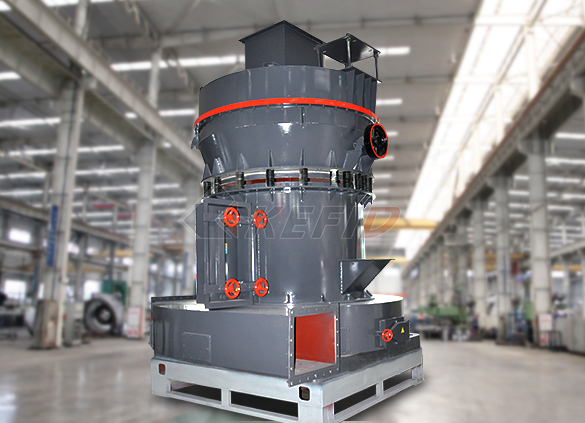
T130X super-fine grinding mill

Micro powder mill

European hammer mill
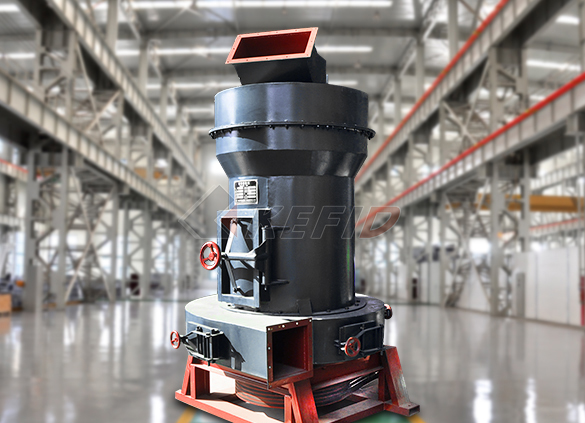
Raymond mill

Ball mill
-

GF series feeder

FH heavy vibrating feeder
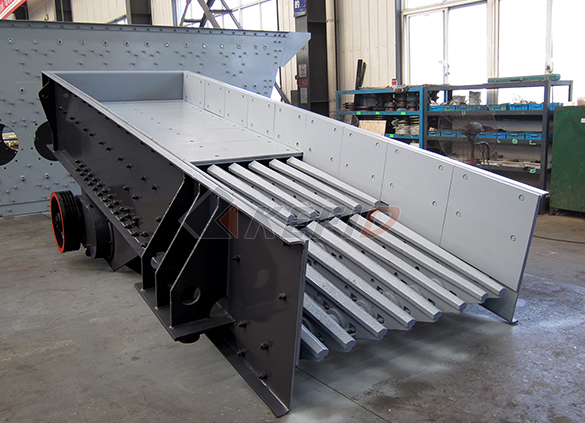
TSW series vibrating feeder

Vibrating feeder

Vibrating screen

S5X vibrating screen

Belt conveyor
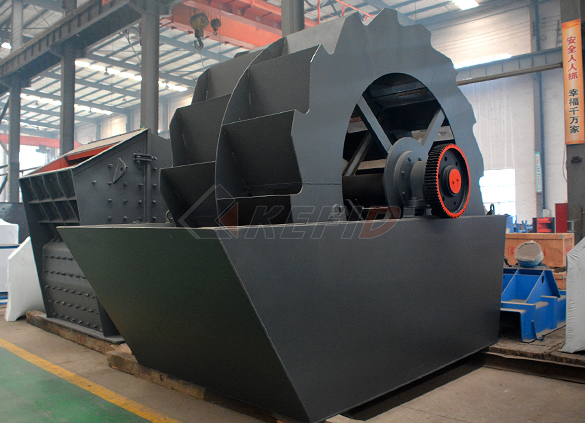
Wheel sand washing machine
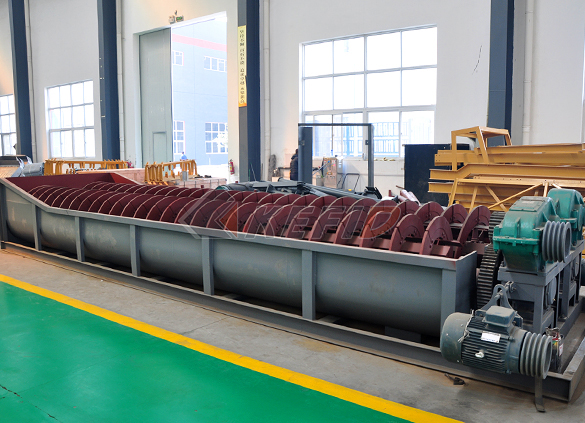
Screw sand washing machine

